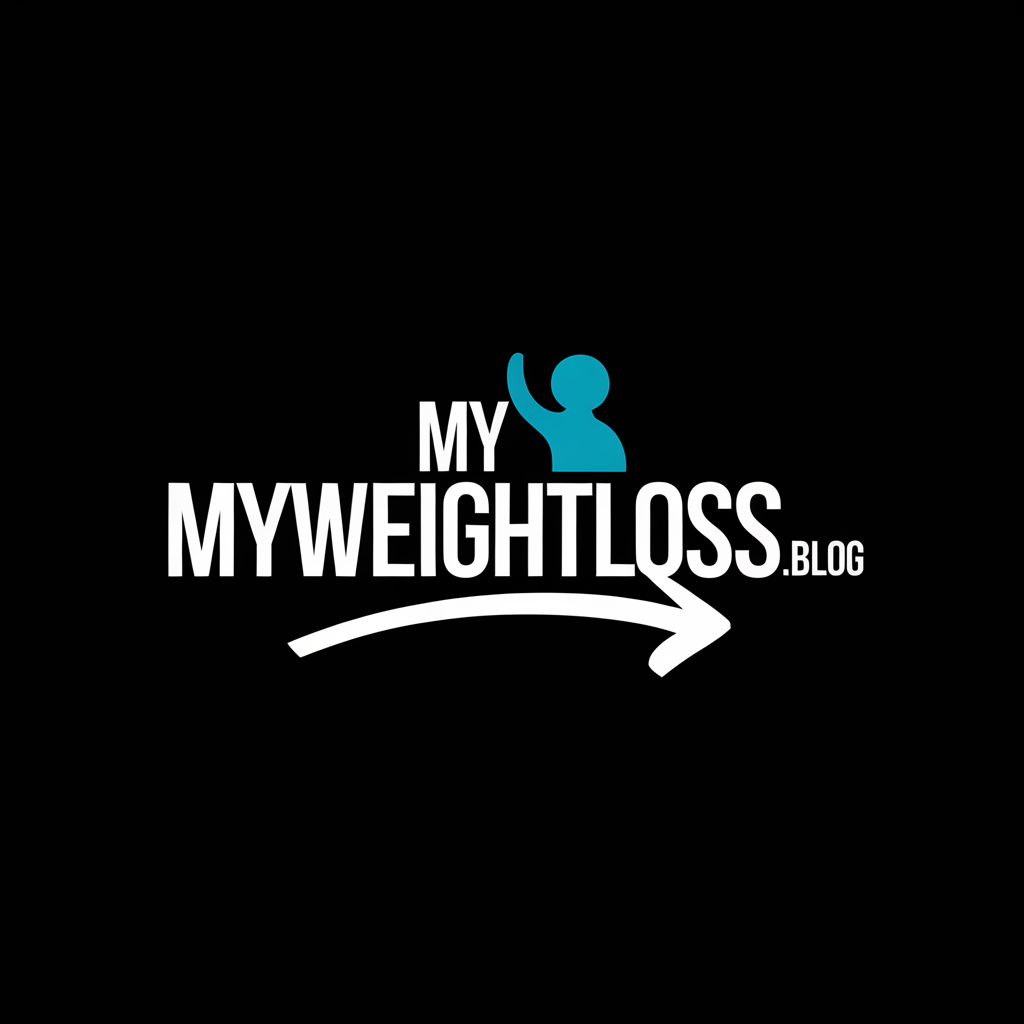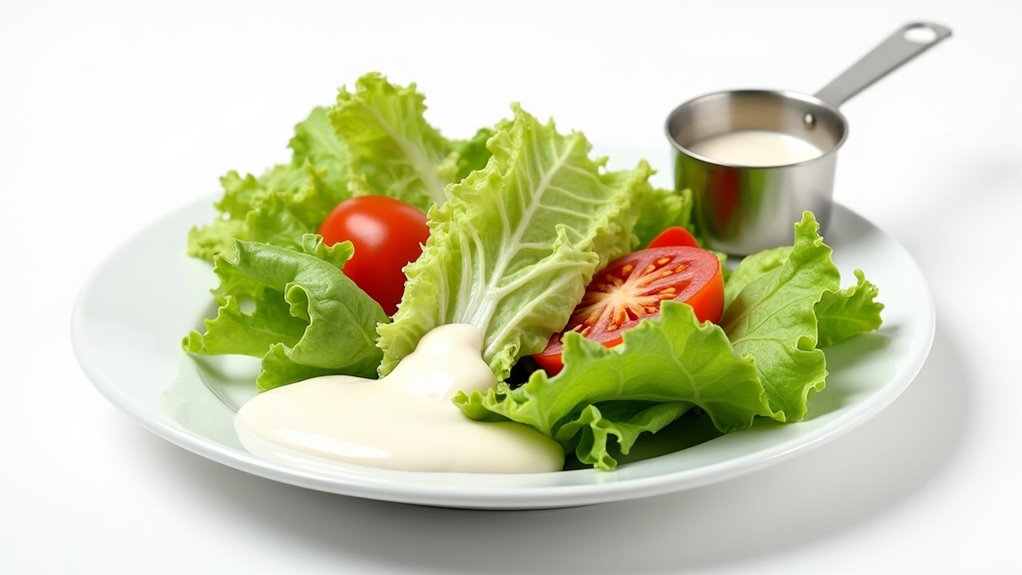The Sneaky Ingredient That’s Secretly Making You Gain Weight!
You might think you’re making healthy food choices, but there’s a sneaky ingredient sabotaging your weight management efforts. Hidden sugars lurk in everything from your morning yogurt to your afternoon protein bar, often disguised under dozens of different names. While you’re carefully counting calories and watching portion sizes, these secret sweeteners could be triggering hormonal responses that promote fat storage and increase cravings. Let’s uncover the truth about this deceptive ingredient.
What Are Hidden Sugars and Where Do They Hide?
Many seemingly nutritious products contain these deceptive sweeteners under different names. You’ll find them disguised as dextrose, maltose, corn syrup solids, or anything ending in “-ose” on ingredient labels.
Even your favorite yogurt, granola bars, and smoothies might be loaded with them. Don’t be fooled by “natural” alternatives either. Agave nectar, coconut sugar, and honey affect your body similarly to regular sugar.
They’re hiding in surprising places like salad dressings, pasta sauces, and even bread. Your morning breakfast cereal, instant oatmeal, and protein bars might pack more sugar than candy. In fact, many commercial brands of whole wheat bread may contain high fructose corn syrup, making it important to check ingredient lists closely.
The Science Behind Sugar’s Impact on Weight Gain
When sugar enters your bloodstream, it triggers a cascade of hormonal responses that promote fat storage. Your pancreas releases insulin, which helps cells absorb glucose but also signals your body to store excess sugar as fat, especially around your midsection.
You’re not alone in struggling with sugar-induced weight gain. Like many others, you might notice that sugary foods leave you feeling hungry shortly after eating them.
That’s because sugar spikes your blood glucose levels quickly, followed by a rapid crash that makes you crave more food. This cycle leads to overeating and weight gain.
Your brain’s reward center lights up when you consume sugar, releasing feel-good chemicals that make you want more. This reaction is similar to what others experience with addictive substances, making it particularly challenging to break free from sugar’s grip.
Understanding these biological responses can help you make informed choices about your diet. Additionally, lack of sleep can exacerbate cravings for sugar and high-calorie foods, further complicating weight management efforts.
Common Food Products With Surprising Sugar Content
You might think you’re making healthy choices at the grocery store, but hidden sugars lurk in many seemingly nutritious foods. Many of your favorite “health foods” pack more sugar than candy bars, sabotaging your wellness goals without you even knowing it.
| Food Product | Sugar Content (per serving) |
|---|---|
| Fruit Yogurt | 19g (nearly 5 teaspoons) |
| Granola | 12g (3 teaspoons) |
| Protein Bars | 15g (almost 4 teaspoons) |
| Smoothies | 25g (6 teaspoons) |
Next time you’re shopping, flip those packages over and check the labels. You’ll be shocked to find sugar hiding under names like dextrose, maltose, and corn syrup. What’s worse? These sneaky sugars aren’t just in desserts – they’re in your pasta sauce, bread, and even salad dressings. When you know what to look for, you’ll join the growing community of informed shoppers who aren’t falling for marketing tricks anymore. Remember, many store-bought juices are loaded with added sugars and preservatives, which can greatly contribute to your daily intake.
Decoding Food Labels: Sugar’s Many Disguises
How sneaky can sugar be on food labels? You’ll be amazed to discover that manufacturers use over 60 different names to disguise sugar in your favorite foods.
When you’re scanning ingredients, watch for words ending in “-ose” like dextrose, fructose, and maltose – they’re all forms of sugar.
Don’t let terms like “organic cane juice,” “barley malt,” or “coconut sugar” fool you. They might sound healthier, but your body processes them just like regular sugar.
Some other tricky names include agave nectar, molasses, and corn syrup solids. You’ll often find multiple types of sugar listed separately, which pushes them further down the ingredient list.
To stay ahead of these hidden sugars, remember that ingredients are listed by weight. If you spot several sugar aliases in the first few ingredients, you’re looking at a high-sugar product that could derail your health goals. Also, be aware that the quality of calories can impact your metabolism and overall health, making it essential to choose nutrient-rich foods over sugar-laden options.
Smart Swaps and Alternatives to Sugar-Laden Foods
Ready to make healthier choices without feeling deprived? You’ll love these simple swaps that can help you ditch sugar while still enjoying delicious foods.
Instead of reaching for sugary breakfast cereals, try oatmeal topped with fresh berries and cinnamon. You can swap your afternoon candy bar for a handful of nuts and dark chocolate.
When you’re craving something sweet, reach for nature’s candy – fruits. They’re packed with fiber that helps slow down sugar absorption.
Replace soda with sparkling water infused with cucumber and mint, or try unsweetened tea with a splash of lemon. For baking, you can use mashed bananas, applesauce, or dates to add natural sweetness.
Don’t forget about savory alternatives. Sweet potato wedges can satisfy your french fry cravings, while Greek yogurt with herbs makes a perfect replacement for sugar-laden dips. Incorporating healthy snack options can also help you manage cravings effectively.
These swaps aren’t just healthier – they’re choices that’ll help you feel energized and confident.
Practical Tips for Reducing Hidden Sugar Intake
Knowing how to spot hidden sugars makes all the difference in reducing your daily intake. You’ll need to become a label detective, scanning ingredient lists for terms like dextrose, maltose, and high fructose corn syrup. These sneaky sugars are lurking in unexpected places, from salad dressings to pasta sauces.
Start your day by checking breakfast items carefully. Many “healthy” cereals, granolas, and yogurts pack surprising amounts of added sugar.
When shopping, stick to the store’s perimeter where you’ll find whole foods naturally low in sugar. You’re not alone in this journey – many people are discovering these hidden sources and making better choices.
Keep a food diary to track sugar intake and identify pattern changes. Don’t forget to check condiments, which often contain hidden sugars.
When eating out, don’t hesitate to ask about ingredients – more restaurants are accommodating sugar-conscious diners like you.

